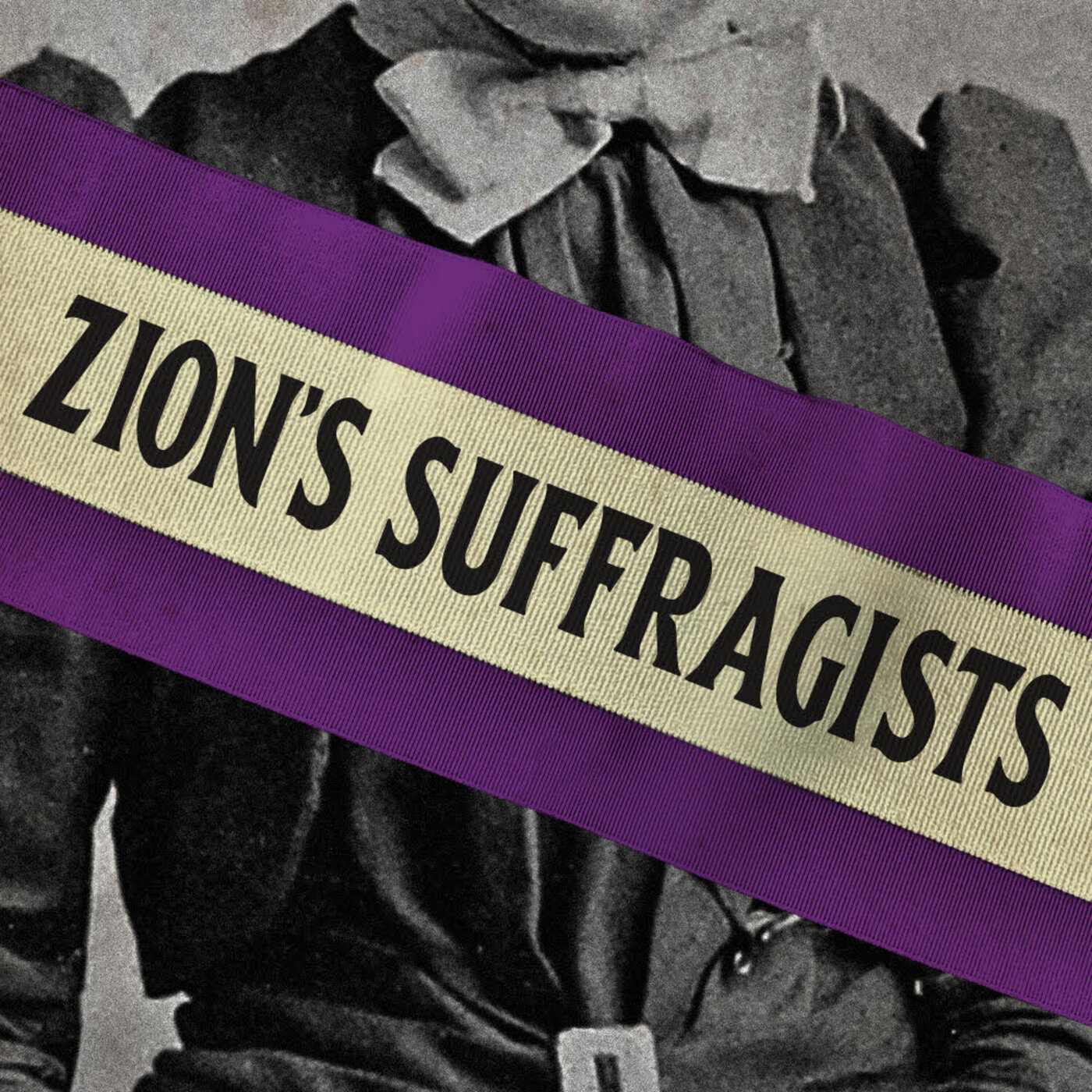 |
Bone and SickleA Frightful Harvest of Horror and Folklore Author: Al Ridenour
BONE AND SICKLE explores historical topics related to folklore and horror. With acerbic wit and a scholarly penchant for the grotesque, rogue folklorist Al Ridenour delves into a wide but carefully curated range of topics illustrated by stories from historical texts. Narratives are given dramatic readings by Mrs. Karswell (Sarah Chavez) backed by richly produced soundscapes blending original music, sound design and effects. The source books, though real enough, are said to be pulled from an imaginary library on Ridenours imaginary estate situated somewhere in the neighborhood of Charles Addams and Edward Gorey. Each episode begins with our hosts briefly discussing goings-on in this world before diving into the topic to be explored. Occasional alternate-format episodes are devoted to readings of classic horror stories or curious texts of antiquarian interest. Ridenour is the author of The Krampus and the Old, Dark Christmas (2016) and A Season of Madness: Fools, Monsters, and Marv Language: en-us Contact email: Get it Feed URL: Get it iTunes ID: Get it |
Listen Now...
St. George, the Dragon, and More
Episode 144
Friday, 29 August, 2025
There's so much more to the figure of St. George than his battle with a dragon. Legends also tell of his grisly martyrdom, capture of a demon, and postmortem abilities to cure madness through contact with his relics. In the Holy Land, there is even a tradition syncretizing St. George with a a supernatural figure of Muslim legend. We begin with a look at a modernized take on the St. George legend, the annual Drachenstich, or “dragon-stabbing," held in the Bavarian town of Furth im Wald. Beginning in 1590 with a performer representing the saint riding in a church procession, George was soon joined by a simple, canvas dragon, which over time evolved into the the world's largest 4-legged robot used in the event today. 19th-century Drachenstich in Furth im Walld Mrs. Karswell next reads for us the primary source for the dragon story, Jacobus de Voragine's collection of saint stories compiled around 1260, known as the Golden Legend. It popularized the tradition that George was a Christian soldier in in the Roman (Byzantine) army, born in Cappadocia, in central Turkey, and executed for refusing to bow to Imperial gods. There is also a princes to be rescued from the dragon but no king gives George her hand in marriage, as you might expect. Though Voragine set this episode in Libya, this setting was not really retained i the tradition. As one of early Christianity's "soldier saints," George held particular appeal for soldiers of the Crusades. We hear of two incidents of George leading Crusaders to victory as recounted in the Golden Legend and the Gesta Francorum (deeds of the Franks). When in 1483 William Caxton’s English translation of the Golden Legend appeared, anecdotes of British interest were added, including George's connection to English knightood and The Order of the Garter. Elizabethan writer Richard Johnson featured George in his 1596 volume, Seven Champions of Christendom, elements of which were borrowed into mummers plays in which George became a hero. We hear snippets of these. Returning to Germany, we learn how George was also said to have encouraged the armies of Friedrich Barbarossa at the Battle of Antioch during the Third Crusade. We then delve a bit more into the history of the Drachenstich performances. Some folksy details from 19th-century newspapers documenting the tradition are also provided. We then return to the Golden Legend for an account of George's martyrdom. The location of this episode is not specified, but George's pagan nemesis here can be identified with Dacianus, the Roman prelate who governed Spain and Gaul. The tortures endured run the gamut from rack to hot lead, all of which are supernaturally endured until the saint is ultimately beheaded. Divine retribution in the form of fire falling from heaven is also included. Next, we investigate earlier sources adapted into Voragine's dragon story, the first known being an 11th-century manuscript written by Georgian monks residing in Jerusalem. George's background as a soldier from Cappadocia is identical, as is the endangered princess, though the victory over the beast lacks elements of swordplay and is largely accomplished through prayer. In this version, George is also responsible for the founding of a church complete with healing well. From the same manuscript, we hear a few more miracle stories, the "Coffee Boy" legend, George's defeat of a loquacious demon, a cautionary tale of a murderous and greedy hermit ostensibly, and a charming story involving a unhappy boy, George, and a pancake. We then take a look at the oldest St. George text probably written in Syria around the year 600. It’s known as the “Syriac Passion of St. George," and details an extraordinary series of tortures so fantastical as to be declared heretical by the Church in the Decretum Gelasianum, probably within a century of the story's composition. 14th-cent Russian depiction of St. George's Martyrdom Digging a little deeper,












